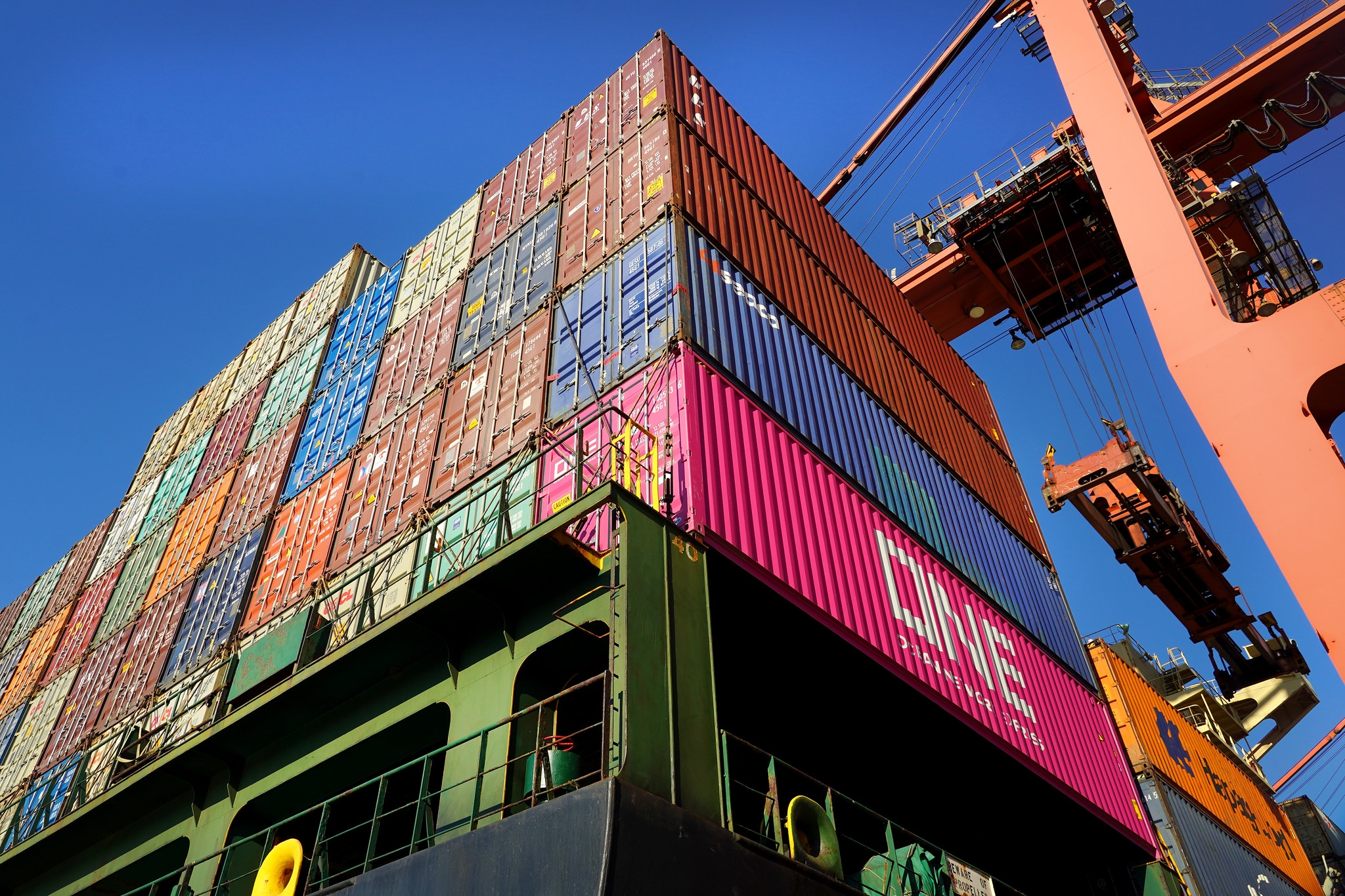
This PPG aims to conduct a thorough assessment of the Chadian meat value chain with a particular focus on SPS-related investment and capacity building needs to enhance international market access. It will start with a brief analysis of the value chain, which will consist of a review of relevant documents such as WOAH's Performance of Veterinary Services (PVS) reports and consultations with relevant stakeholders to identify the main challenges, investment and capacity building needs, and assess market opportunities in the region (CEMAC and ECOWAS) and beyond. The value chain analysis will put a particular emphasis on assessing the environmental risks associated with the meat and livestock sector. Following the value chain analysis, the PPG will apply the STDF P-IMA evidence-based approach to prioritize diverse SPS investment needs related to market access as well as to inform and improve SPS planning and decision-making processes. Lastly, a project proposal will be developed based on the findings and recommendations of the value chain analysis and the P-IMA process.
Chad has the third largest livestock population in Africa. Based on data from the general census of livestock conducted in 2021, the country possesses more than 137 million animals of different species from extensive farming and over 36 million of poultry from traditional breeding.[1] The livestock sector plays an important role in the country's economy as it contributes to more than 30% of its GDP and employs 40% of its rural population. Chad exports live animals to other African countries such as Nigeria and has started to export meat, which offer better returns, since 2022 to its neighbours in the CEMAC region[2]. Other potential markets include DRC, Nigeria and the Middle East. Chad had a target of exporting 15,000t of meat in 2023. However, it hasn't been able to fully reap the export potential of its meat products for several reasons including: (i) lack of products' traceability, since the meat is mainly resulting from extensive farming; (ii) lack of capacity to control animal health due to the existence of endemic animal diseases; (iii) lack of adequate infrastructure such as slaughterhouses, which are rudimentary and non-compliant with international standards; (iv) lack of capacity to ensure the cold chain due to frequent power outages; (v) producers lack of capacity to comply with good production and processing techniques based on international standards.
[1] Bureau of general census of livestock in 2021.
[2] Congo, Central African Republic, Cameroon, Gabon, Equatorial Guinea and Angola